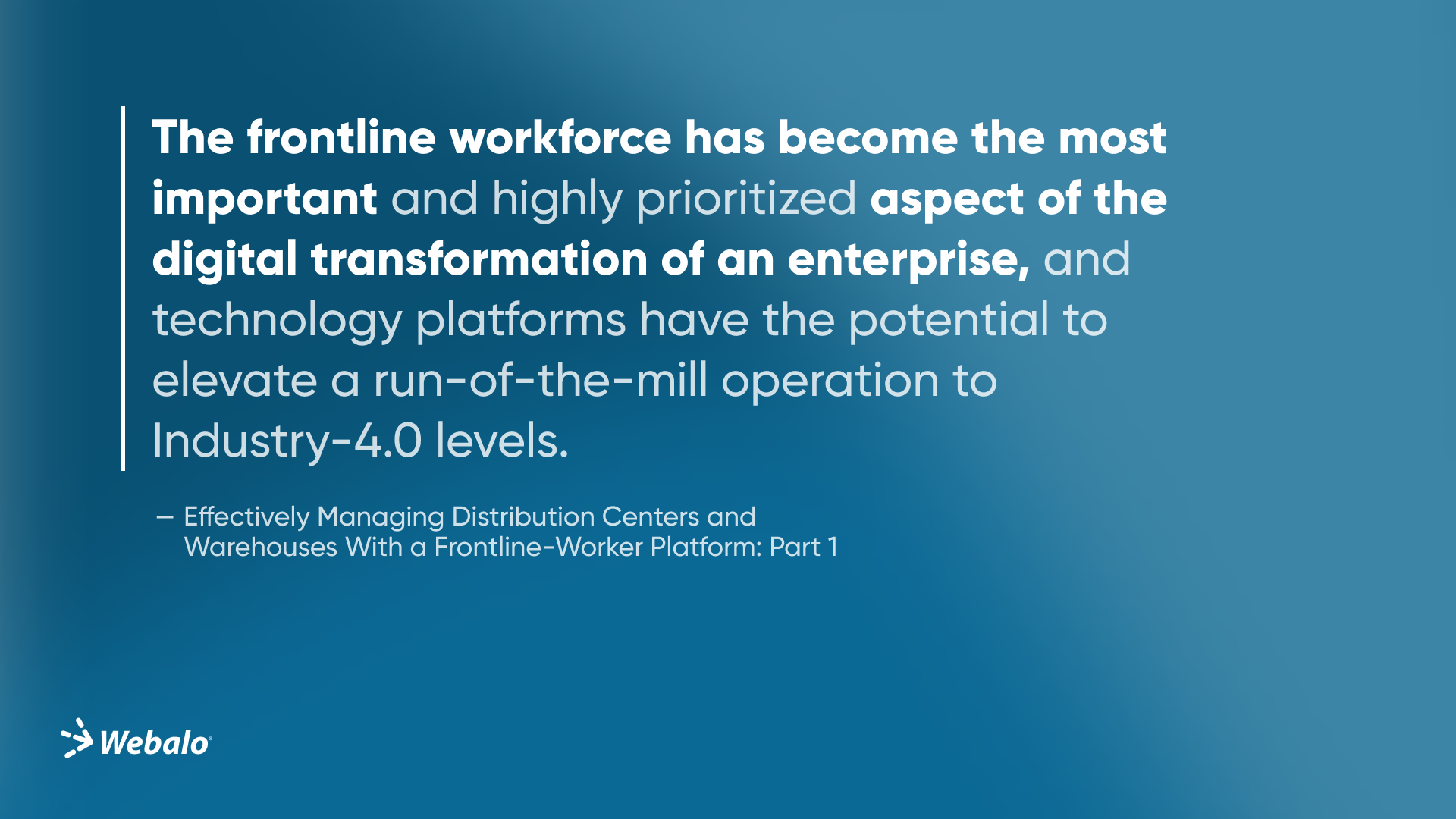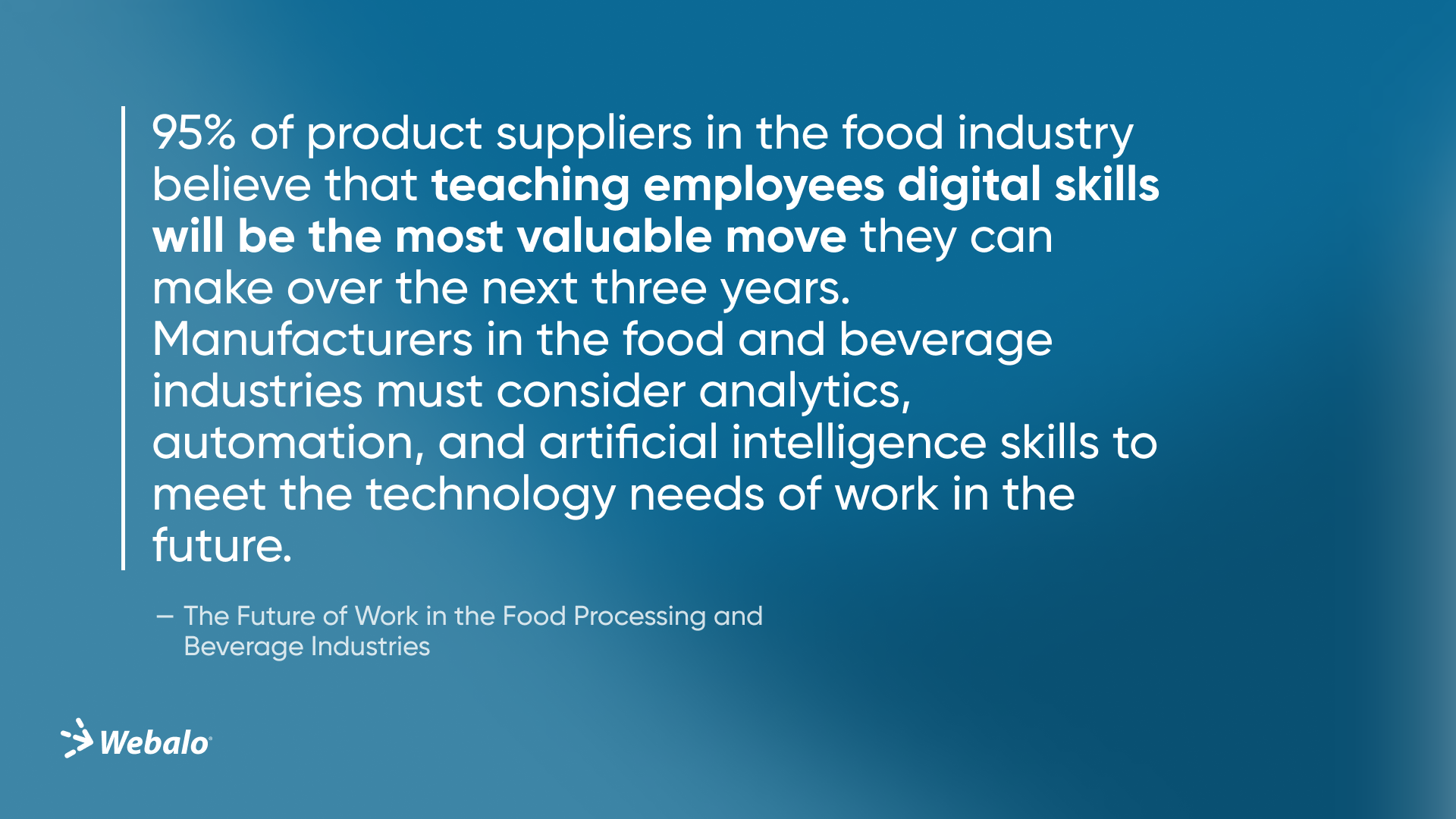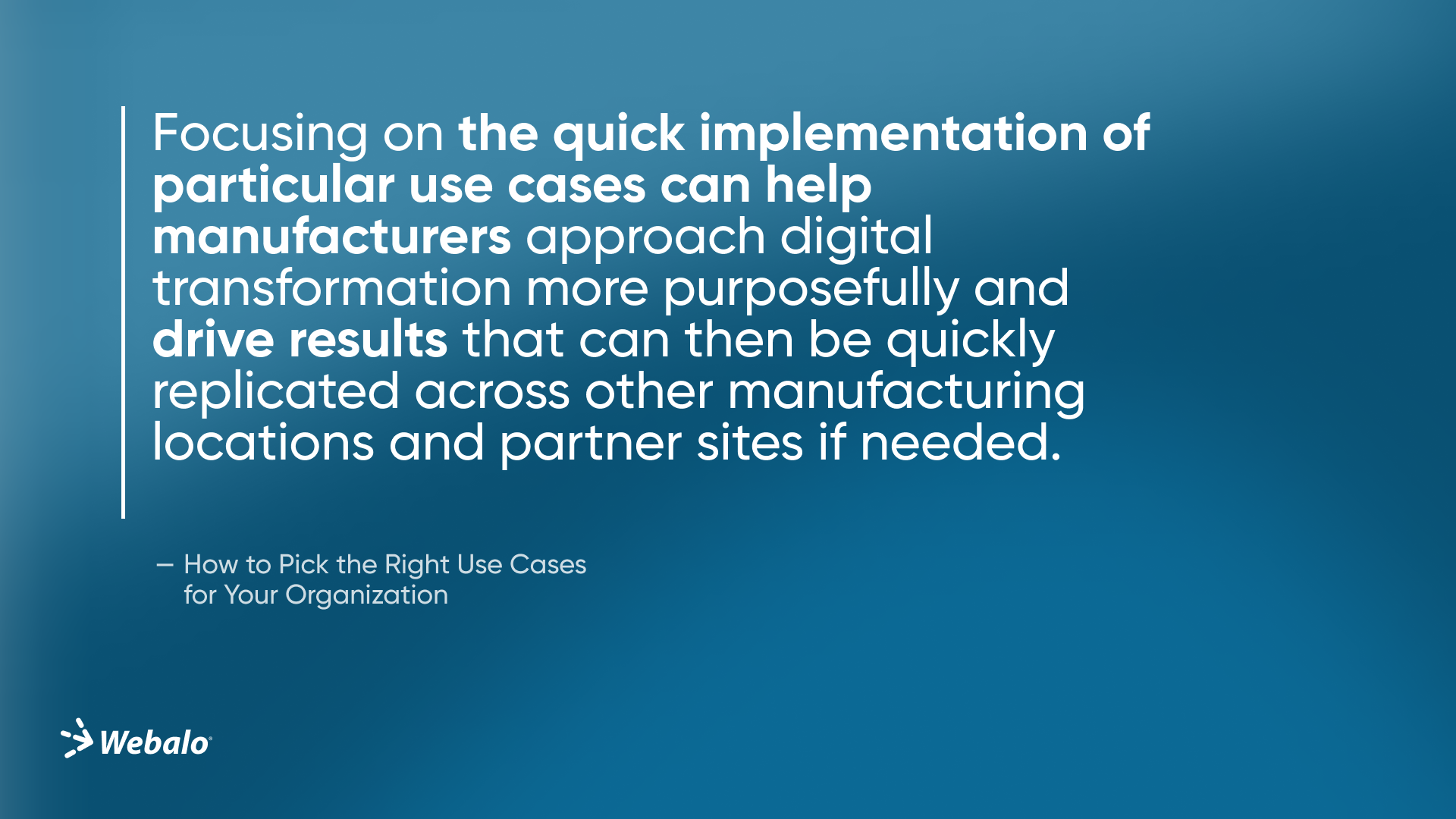Time is the biggest currency when it comes to effective warehouse management and the operation of a well-orchestrated distribution center. Waiting times in the bay, the time it takes for material to get on the right racks, vehicle in-and-out times, driver logs for transit and time spent in the DC, and the time it takes for workers to haul the goods, perform inspections, and stock or retreat goods are all extremely critical to monitoring and preventing loss, because in the logistics business, timing is everything.
Most top leaders in the industry understand the importance of time and the ability to monitor and orchestrate the millions of transactions that must be completed successfully for their warehouses and distribution centers to turn a profit. However, the worker frontline is a key component that is often neglected or perhaps not considered as integral as it should be.


